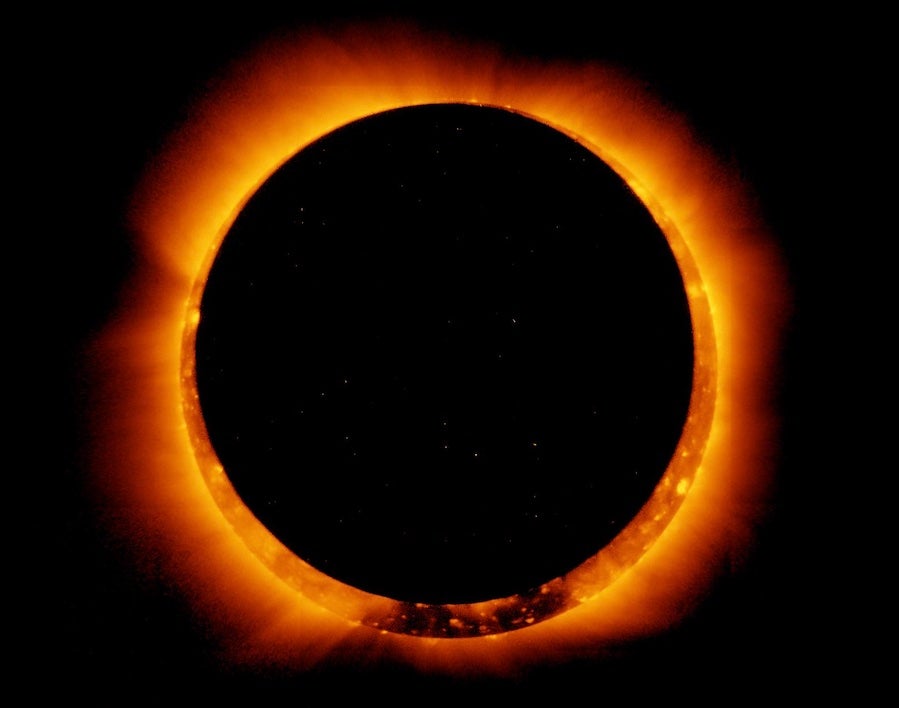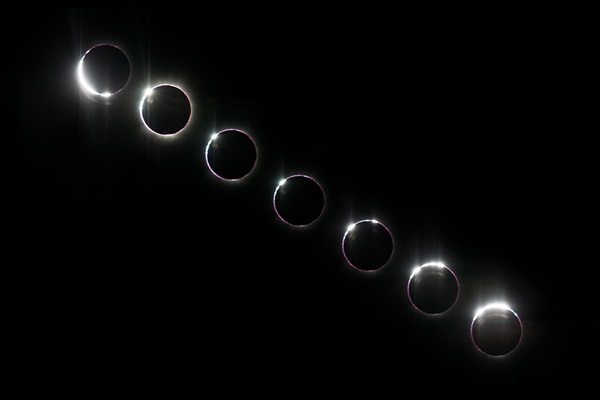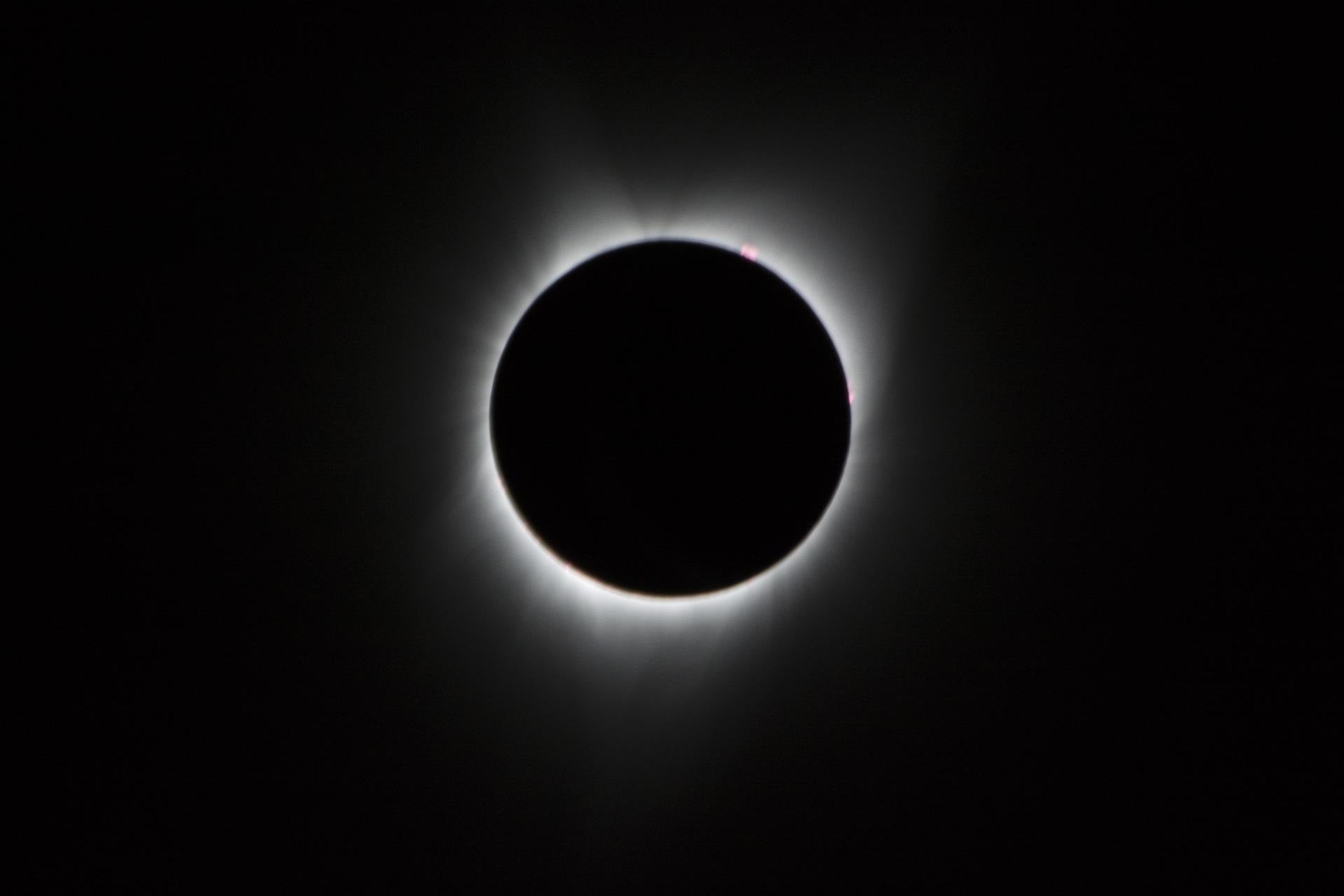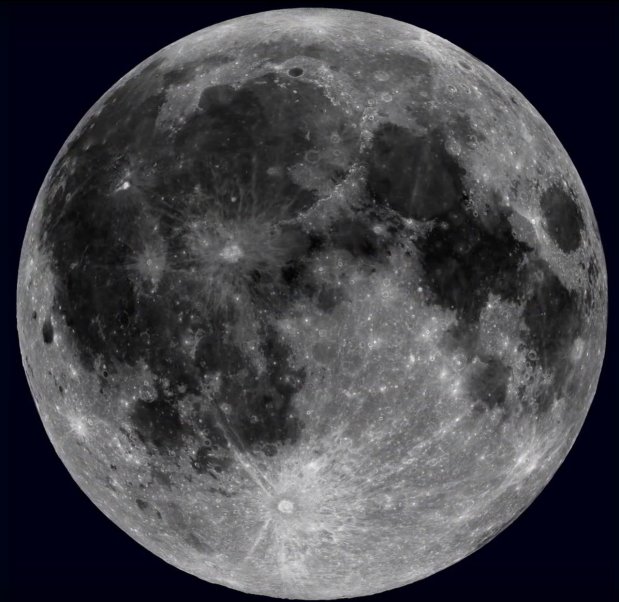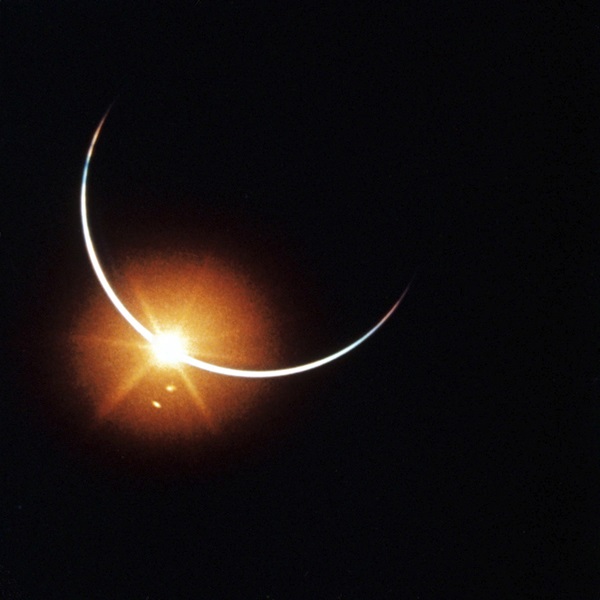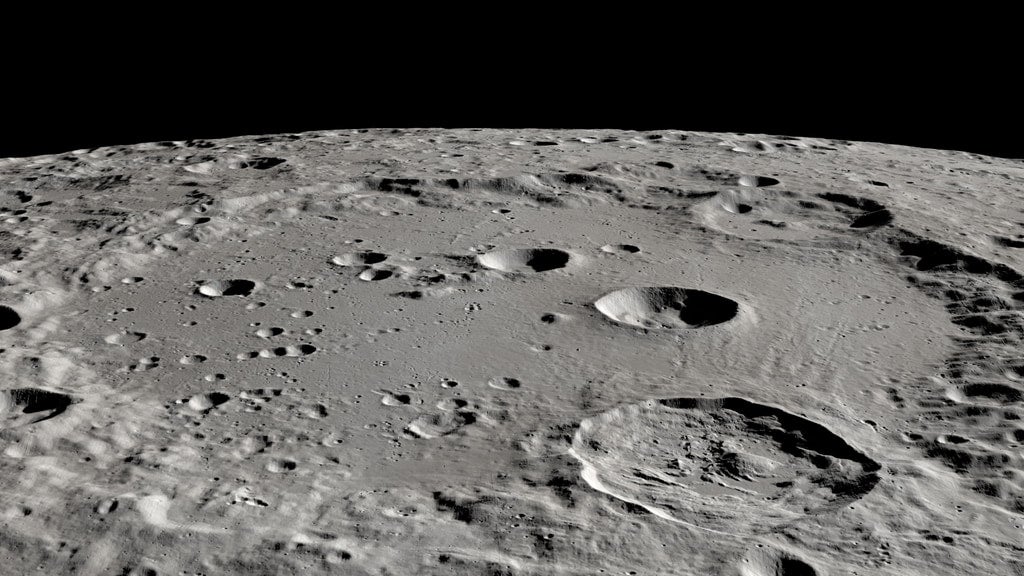So how much time would have to elapse before binoculars could detect a shift of about 8 arcseconds? The resolving ability of a telescope is dictated by aperture, assuming high-quality optics. The low magnification of binoculars, however, usually makes that value the determining criterion.
Assuming the observer has 20/20 vision, we can estimate the minimum resolution value for binoculars by dividing its magnification into 240. Using this, we find that 10x binoculars have a resolution threshold of 24 arcseconds, while 15x binoculars can resolve 16 arcseconds, and so on.
So, given all these facts and figures, steadily mounted 10x binoculars should be able to detect a shift in the terminator after about three hours.
But that’s only on the Moon’s equator for when the terminator is exactly on the lunar meridian, at the quarter phases. As soon as we move off that point, then the foreshortening effect caused by the Moon’s spheroidal globe comes into play. In other words, the terminator’s speed slows down as you move toward the lunar poles. For the terminator’s speed at other lunar latitudes, multiply its equatorial speed by the latitude’s cosine.
For instance, at 45° north or south lunar latitude, midway between the equator and the poles, the terminator moves at about 70 percent of its speed at the equator. At the Moon’s average distance, that translates to 6 arcseconds per hour. Therefore, it would take about four hours to see the effect of motion there through our 10x binoculars.
The same would be true for a shift in longitude, either east or west of the lunar meridian.
Contributing Editor



